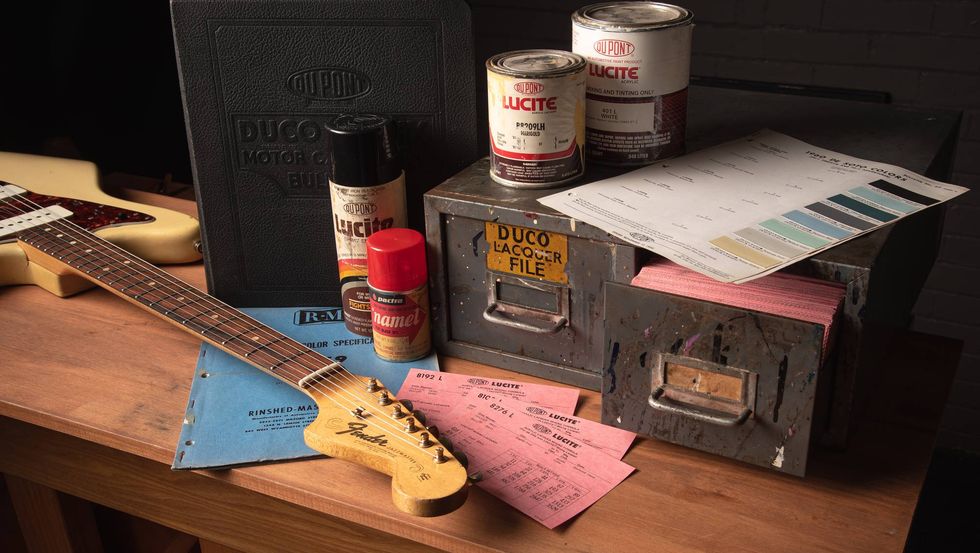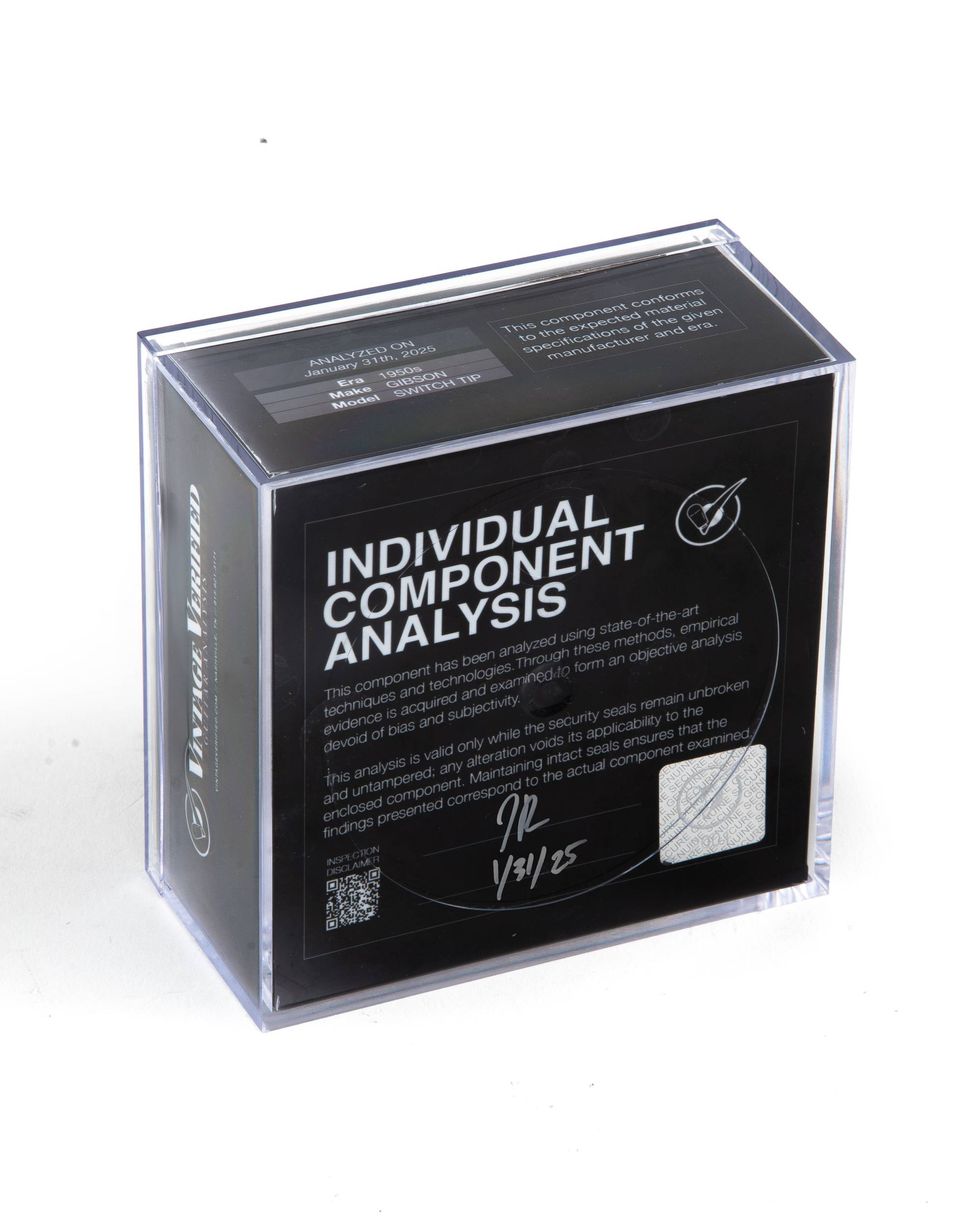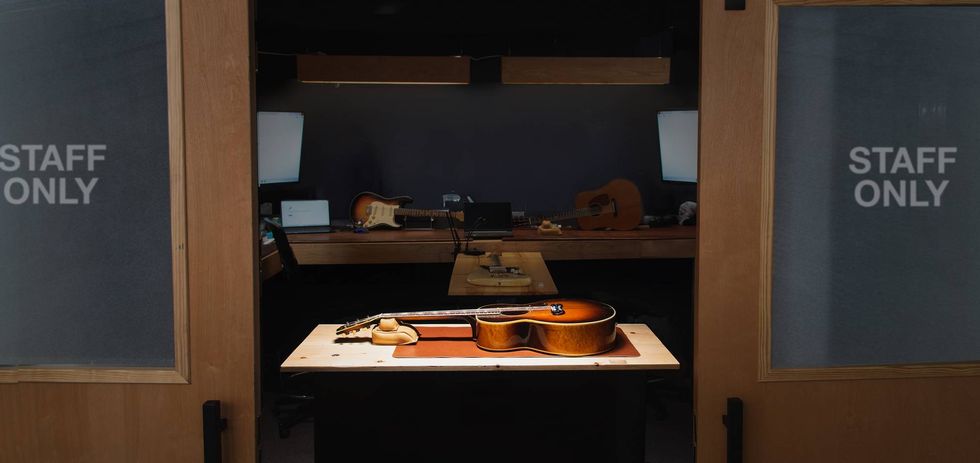It goes without saying that we guitarists love our instruments. Sometimes, however, you need a fresh infusion of wood, magnets and strings to push the sonic inspiration to a new level. But with the economy the way it is, it’s not always possible, or prudent, to break out the credit card and hit your favorite music shop. A good alternative, though, just might be in your closet… or someone else’s. Recently, I decided it was time for me to pick up a Fender Stratocaster. I’ve always been a Les Paul or Tele guy, and while I’ve had Strats at various points in my career, they just never were my calling— with my rhythmic style I was always hitting the pickup selector! But since I sometimes need that punchy, clean, funky out-of-phase thing that only Strats can give, I decided to make a move.
I posted an ad online offering to trade a nice acoustic/electric I had (but didn’t play) for a decent Strat. Immediately, I got a handful of replies, although nothing struck me as being worth equal value in trade for my guitar (around $500–$600 with no case). I thought, “Hmm, this might just be the wrong way to go about this.” As I was about to call off the hunt, I got an offer that piqued my interest: a red Fender Classic Series ‘50s Strat in “excellent” condition that, like my acoustic, sat in a closet unused. After a little research, I saw that the values for the Fender Strat and my guitar were close to each other, and the Fender had what I was looking for: a maple fingerboard, three single-coil pickups, a tremolo, maple V-shaped neck and 25-1/2" scale. I was a bit concerned that the guitar was made in Mexico, which I didn’t realize initially. Would it be a guitar of the quality that I prefer? Would it stay in tune and be quiet enough to record (my primary purpose for getting it)? Most importantly, would it have “soul”? (You all know what I’m talking about!)
MIM’s the Word
So, a few days later a kid in his late teens showed up at my door with his dad to do the deal. He first played my guitar and really loved it. You could clearly see that “new guitar excitement” on his face, and I even had flashbacks to my own younger days. When it was my turn, I opened up the black hardshell case and saw this very cool-looking red Strat with a white pickguard. I picked it up and was immediately struck by how light it was (after all, I am a Les Paul guy!). I wasn’t quite sure that I liked this, however, since to me weight usually equals tone.
I sat down to play it and quickly noticed that the frets were sticking out of the top and bottom of the neck way more than they should. It was obvious that the neck was dry as a bone and had shrunk. Plugging it in to a Boogie MK IV, I did like what I heard, though. Pickup output was low, but not too bad. It did have that single-coil hum, but I expected that. Overall, it was kind of cool, the sound was clean, the trem was decent—it certainly didn’t wow me. “Okay,” I thought, “the kid gets the better end of the deal,” and we decided to make a trade. The soul of this guitar wasn’t quite there yet, but I had a plan.
Step on It
The first step—and to me the most important— was to replace the pickups. I did some online and peer-to-peer research and settled on some Night Flyers from Don Mare Pickups in Long Beach, CA. Known for his vintage tone, Mare’s pickups feature classic specs and what he calls a “Josie” wrap, which is a specific ‘50’s winding pattern reverse engineered from Josie the pickup winder in Leo Fender’s old shop.
Digging in a little further, I found that the pickups feature enamel wire with 6.3k values in the neck, 6.5k in the middle and 6.9k in the bridge. According to Mare, these values basically represent Ohms—the actual length of wire wrapped around the pickup. For example, on his wrapping chassis, 6.3k represents 8500 turns, and 6.9k represents a few more turns, equaling out to approximately 130 turns for every .1 jump. This increased value and hotter output allows the high end to come down while the bass response, mids and volume go up. These pickups actually model those usually found in a 1964 Strat.
Once the pickups were in, the guitar began to take shape as a whole new instrument. It now had a classic well-balanced sound with crisp highs (but not harsh), balanced mids and a tight, punchy bottom. And to think I didn’t like Strats! But I didn’t stop at just the pickups. I also installed a treble bypass mod on the volume pot, which helped to prevent the guitar from “mudding out” with the volume turned down. Often called a “treble bleed,” this treble bypass mod is basically a small value capacitor placed between the I/O terminals of the volume pot. For recording, I’ve found it to be invaluable.
Tune Up
Unfortunately, this guitar needed a full tuneup to become what I envisioned. The frets needed to be polished and deburred off the side of the neck, something that should be done carefully to avoid scratching it up. The nut slot got a little deburring as well, and the tremolo was tightened and floated to help keep the guitar in tune when using it.
The Bottom Line
For an even swap of guitars and a relatively small investment in terms of pickups and overall work, I got a Strat that’s easy to play, sounds killer and records incredibly well. Plugging it into my Music Man 112RD and my Magnatone M10A is simply a joy—the clean vintage tone is a winner. The Mare pickups and other adjustments really changed this instrument from a below-average closet dweller to a true player. Sure, it took some effort and a few dollars, but I’ve now got a working guitar that’s actually quite nice. Of course, I could have gone farther with the mods by swapping out pots and such, but I wanted to keep this as a hobby-level guitar project.
Hopefully, some of you Premier Guitar readers also have guitars that would be happier in a new home, being played by someone who appreciates them. So go research some new pickups and mods to suit your own playing style, and go ahead and post your own trade ad online and see if you can find some new soul. It’s not that hard to do, and the rewards can be amazing!








![Rig Rundown: John 5 [2026]](https://www.premierguitar.com/media-library/youtube.jpg?id=62681883&width=1245&height=700&quality=70&coordinates=0%2C45%2C0%2C45)









![Rig Rundown: Russian Circles’ Mike Sullivan [2025]](https://www.premierguitar.com/media-library/youtube.jpg?id=62303631&width=1245&height=700&quality=70&coordinates=0%2C0%2C0%2C0)







